Understanding Residential Water Filtration Solutions
Clean, safe drinking water is essential for health and wellbeing, yet many households are unaware of the contaminants that might lurk in their water supply. This is where residential water filtration solutions come into play. These systems help ensure that the water you consume is free from harmful substances while also enhancing its taste and appearance. In this comprehensive guide, we will delve into the various components of residential water filtration, starting with an understanding of what water filtration entails.
What is Water Filtration?
Water filtration is the process of removing impurities, pollutants, and contaminants from water. Filtration can be carried out using various methods, depending on the nature and concentration of the contaminants present. The fundamental goal of any water filtration system is to produce clean, safe water suitable for drinking, cooking, and other household purposes. This process can occur through physical, chemical, or biological means, utilizing different types of filtration technologies.
Types of Residential Water Filtration Solutions
Residential water filtration systems can vary widely in terms of technology and operation. Below are some of the most common types:
- Activated Carbon Filters: Effective at removing chlorine, volatile organic compounds (VOCs), and odors. They are often used in faucet-mounted filters and under-sink systems.
- Reverse Osmosis Systems: These systems use a semi-permeable membrane to remove a large percentage of contaminants, including salts and heavy metals. They can be installed at both the point of use and point of entry.
- Ultraviolet (UV) Disinfection: UV systems use ultraviolet light to kill bacteria, viruses, and other microorganisms, providing an effective method for ensuring water microbiological safety.
- Ion Exchange Filters: Commonly used in water softeners, they work by exchanging ions in the water with ions held within the filter, thereby reducing hardness and controlling scale buildup.
- Whole House Filtration Systems: Designed to treat water at the entry point of a home, these systems provide clean water to every tap, making them ideal for households with significant water filtration needs.
Benefits of Using Water Filtration Systems
Investing in residential water filtration solutions offers a multitude of benefits, including:
- Improved Water Quality: Systems effectively reduce harmful contaminants, ensuring safer, cleaner drinking water.
- Enhanced Taste and Odor: Water filters can significantly improve the taste and smell of tap water, making it more enjoyable to consume.
- Health Benefits: Consuming filtered water can reduce the risk of exposure to harmful substances that may cause health issues.
- Environmental Impact: Using a filtration system can reduce the need for bottled water, lessening plastic waste.
- Cost-Effectiveness: In the long run, filtration systems can be more economical than purchasing bottled water and help reduce the costs associated with plumbing repairs due to hard water.
Evaluating Your Water Quality Needs
Testing Your Water Supply
Identifying your water quality needs begins with testing your water supply to ascertain its safety and suitability. Home testing kits are available, or you can send samples to a certified lab for comprehensive analysis. Regular testing is vital, especially in areas with known water quality issues or if your water source changes.
Identifying Contaminants Commonly Found in Water
Understanding the potential contaminants in your water can guide you in selecting the right filtration system. Common contaminants include:
- Chlorine: Used for disinfection, chlorine can give water an unpleasant taste and odor.
- Lead: A highly toxic metal that can leach from old plumbing, lead poses serious health risks, especially to young children.
- Microorganisms: Bacteria, viruses, and protozoa can enter the water supply from various sources, leading to health concerns.
- Heavy Metals: Contaminants like arsenic and mercury can enter water supplies through industrial processes and can have severe health impacts.
- Pesticides and Herbicides: Agricultural runoff can contaminate groundwater, introducing harmful chemicals into the home water supply.
Assessing Household Water Usage Requirements
Before choosing a filtration system, understanding your household’s water usage is crucial. Consider factors such as:
- The number of residents in the home.
- Daily water consumption patterns.
- Specific needs such as drinking, cooking, and washing.
- Any regular activities that may require more water, like gardening or cleaning.
Choosing the Right Residential Water Filtration Solutions
Comparing Different Filtration Technologies
With the variety of water filtration technologies available, it’s important to compare them based on specific needs. Factors to consider include effectiveness against certain contaminants, cost, maintenance requirements, and system longevity. For example, while reverse osmosis systems are effective for removing many contaminants, they can waste water and require regular maintenance.
Factors to Consider When Selecting a System
When selecting a water filtration system, consider the following:
- Filtration Needs: What contaminants need to be removed for your particular situation?
- Flow Rate: Is the system capable of providing adequate water flow for your household?
- Size and Space: Will the system fit into your available space? Under-sink models may be more practical for smaller kitchens.
- Certification: Look for systems certified by reputable organizations to ensure they meet safety and performance standards.
- Warranty and Support: Choose products that come with a warranty and reliable customer support.
Cost Analysis and Budgeting
Budgeting plays a significant role in the selection of a water filtration system. Consider both the initial purchase price and the long-term costs associated with installation, maintenance, and replacement filters. It’s also worth evaluating the potential savings from reduced bottled water purchases and lower plumbing repair costs.
Installing Residential Water Filtration Solutions
DIY Installation vs. Professional Help
When it comes to installation, homeowners can choose between DIY or hiring a professional. DIY installations can save on costs but require some technical knowledge regarding plumbing and the specific filtration system. On the other hand, professional installation ensures that the system is correctly set up, potentially saving time and avoiding future issues.
Preparing Your Kitchen for Installation
Preparation is essential for a smooth installation process. Ensure the area around the sink or designated installation space is clear. Depending on the type of system, you may need access to the water supply line and electricity. Also, gather any required tools and read through the system’s installation manual carefully.
Common Installation Challenges and Solutions
Installation may present some challenges, including:
- Accessing Plumbing: Old plumbing configurations may require additional adjustments. Solutions might include using flexible fittings or consulting a professional.
- Space Constraints: Limited space can complicate installation. If space is tight, look for compact systems or consult with an expert on potential layout adjustments.
- Leak Management: After installation, leaks can occur. Check all connections and use plumber’s tape to ensure the seals are secure before turning on the water supply.
Maintaining Your Water Filtration System
Routine Maintenance Practices
Maintaining your filtration system is critical for optimal performance. Regular maintenance might include:
- Replacing filters according to manufacturer’s guidelines, typically every 6 to 12 months.
- Cleaning pre-filters and system components as necessary.
- Regularly checking for leaks or signs of wear.
Signs Your Filtration System Needs Replacement
Be vigilant for signs that your filtration system may need replacement, such as:
- Decreased water flow or pressure.
- Unpleasant odors or tastes in the filtered water.
- Visible discoloration of the water.
- Frequent need for filter replacements.
Maximizing Performance and Lifespan of Your System
To maximize the performance and lifespan of your filtration system, consider the following tips:
- Adhere to the manufacturer’s maintenance schedule strictly.
- Store replacement filters in a cool, dry place to avoid damage.
- Be proactive about addressing any water quality issues that arise.
- Keep the surrounding area of the system clean to prevent any external contaminants from entering.
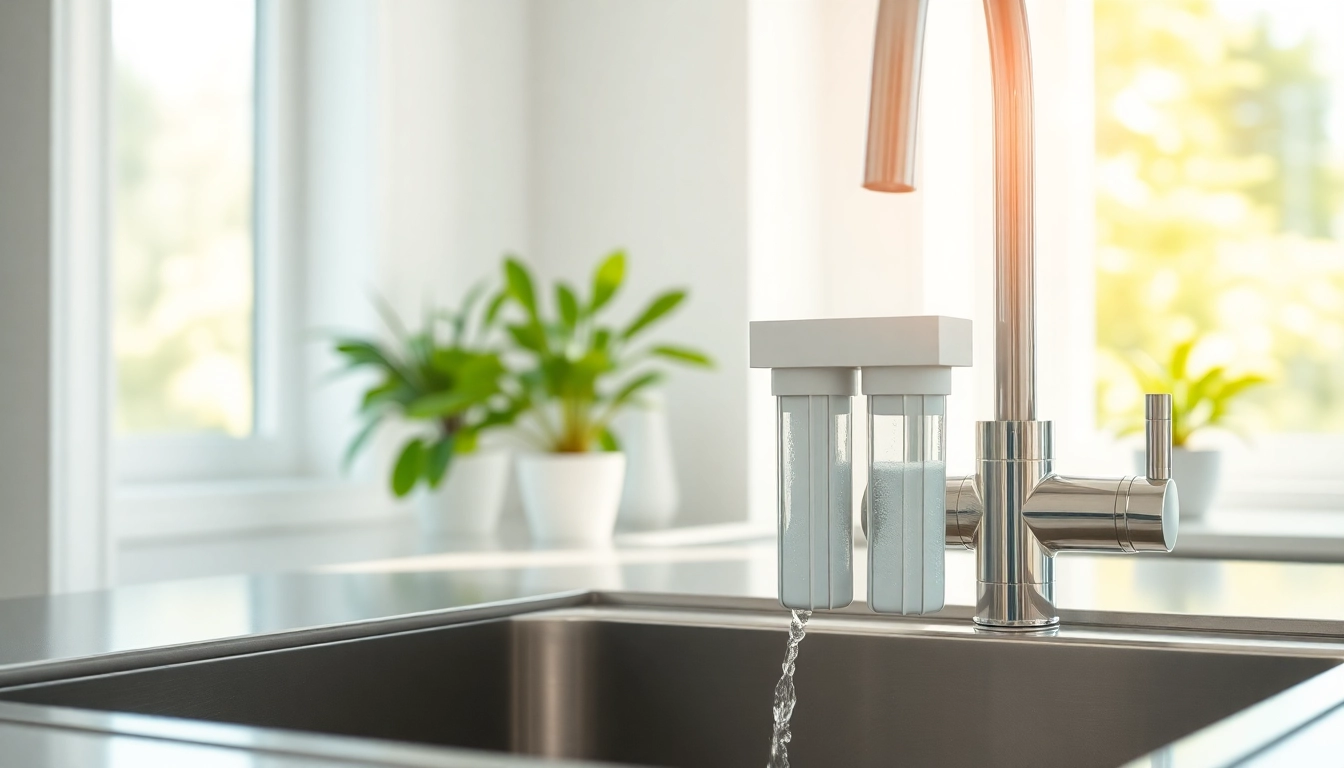
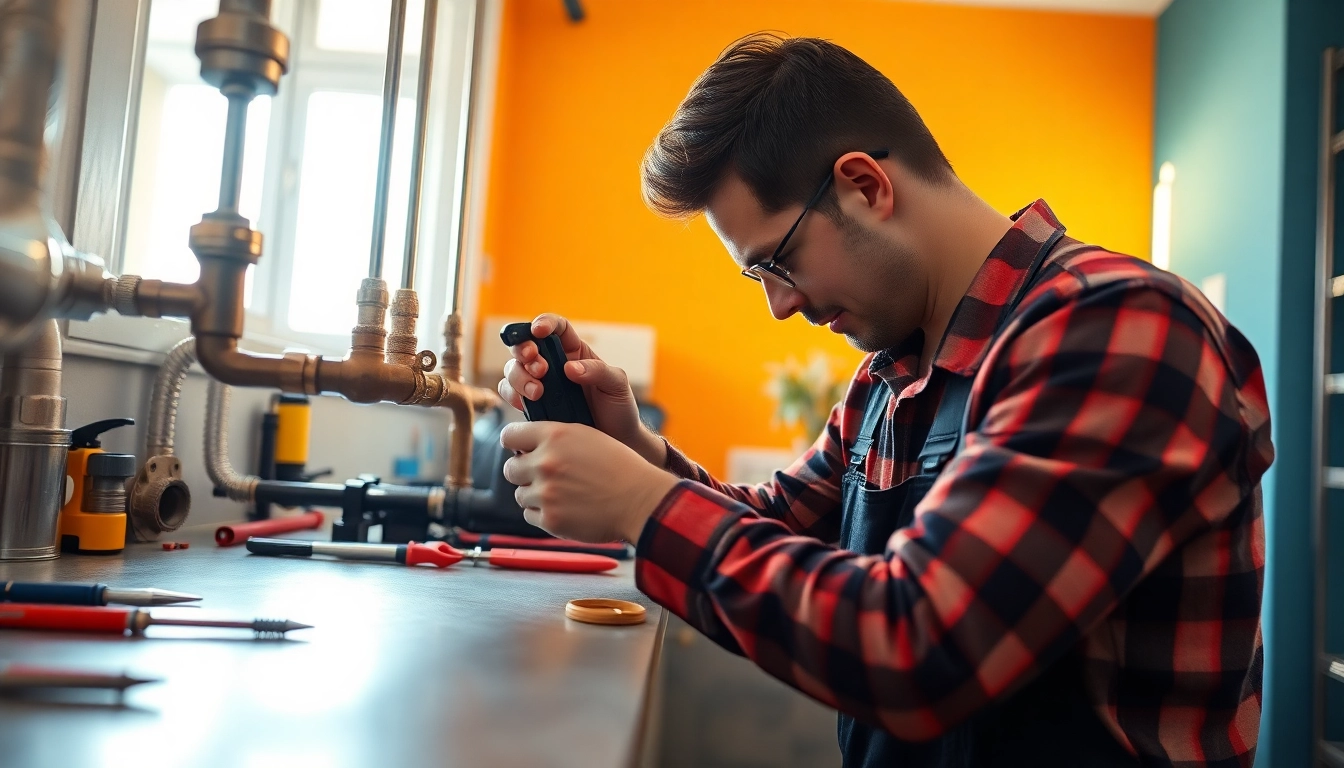
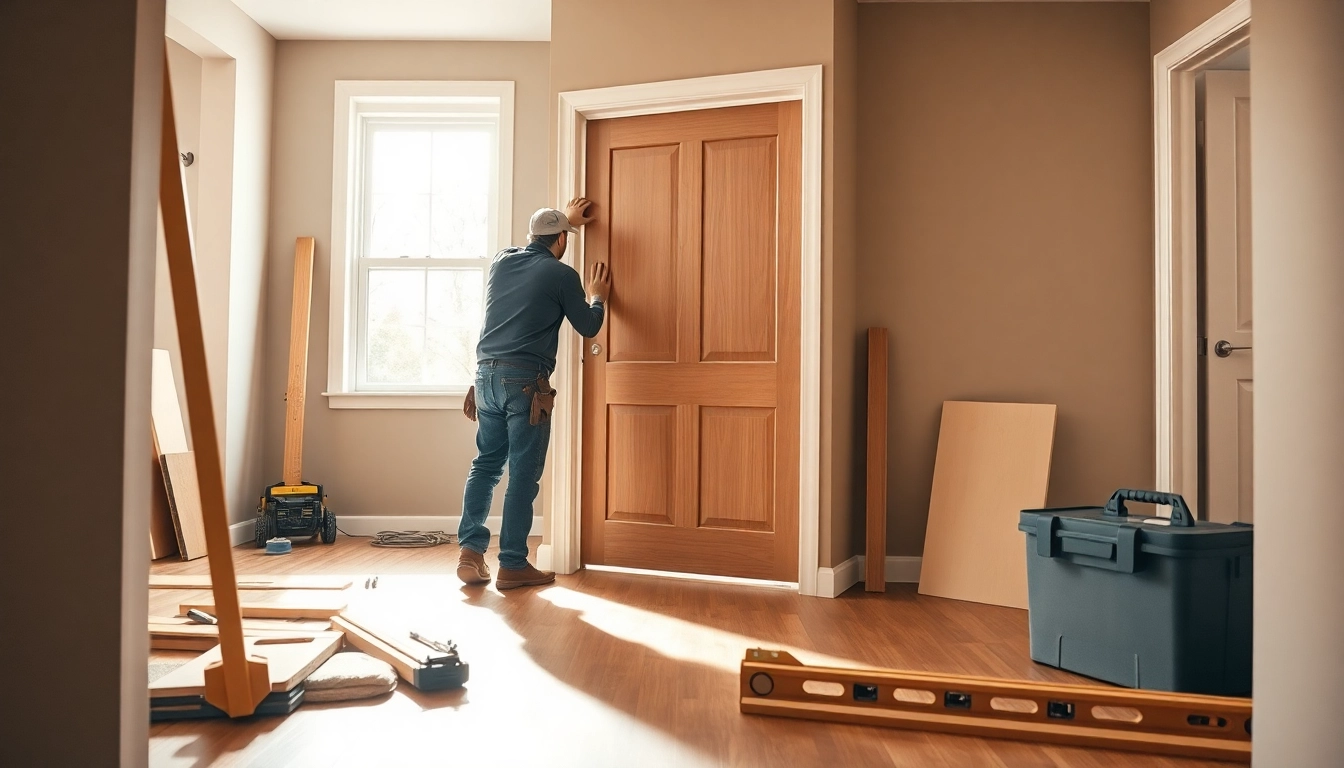
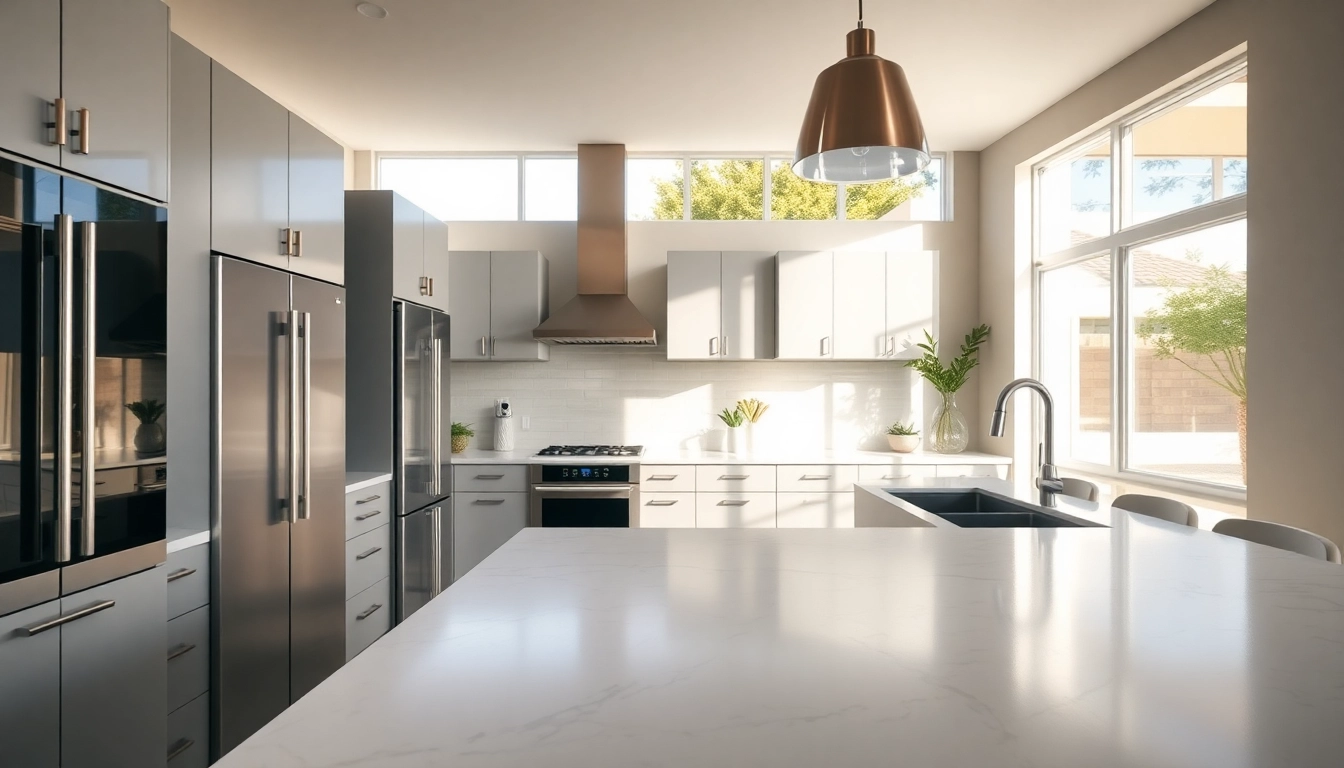
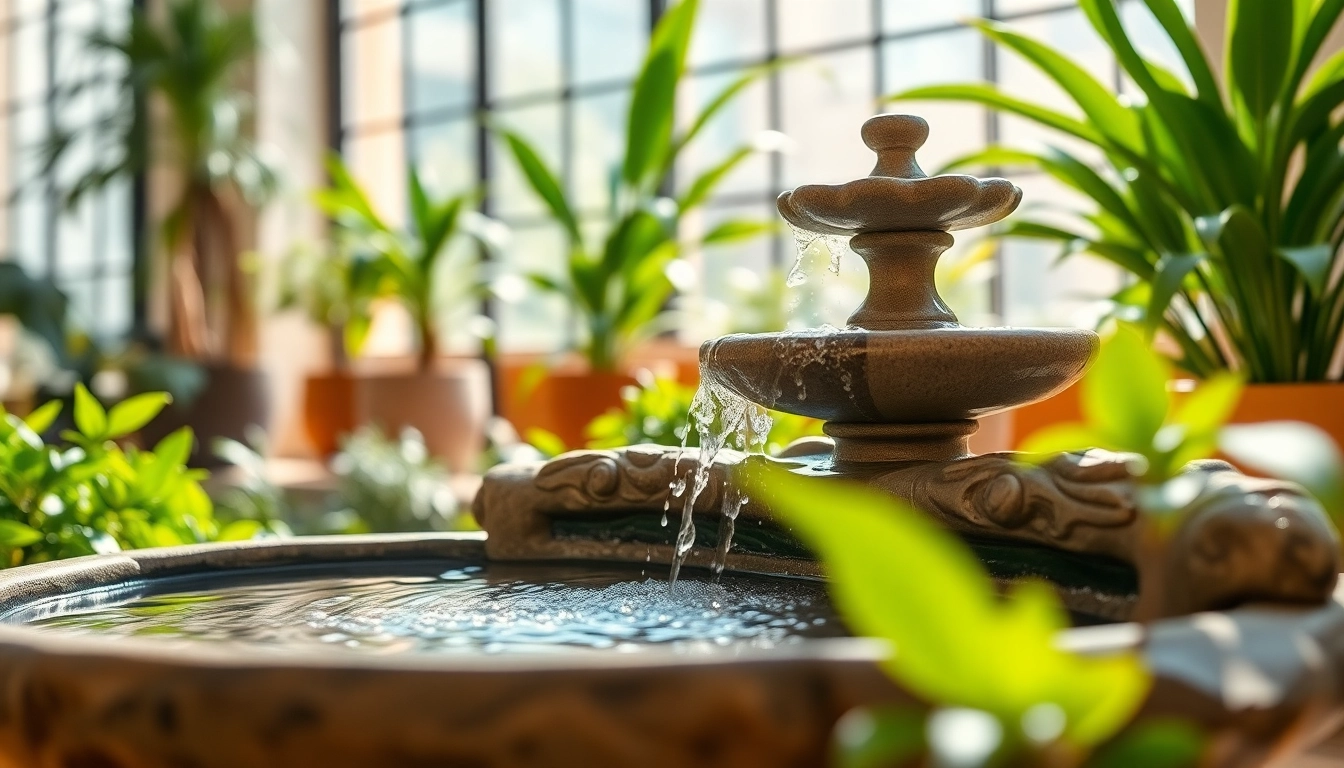

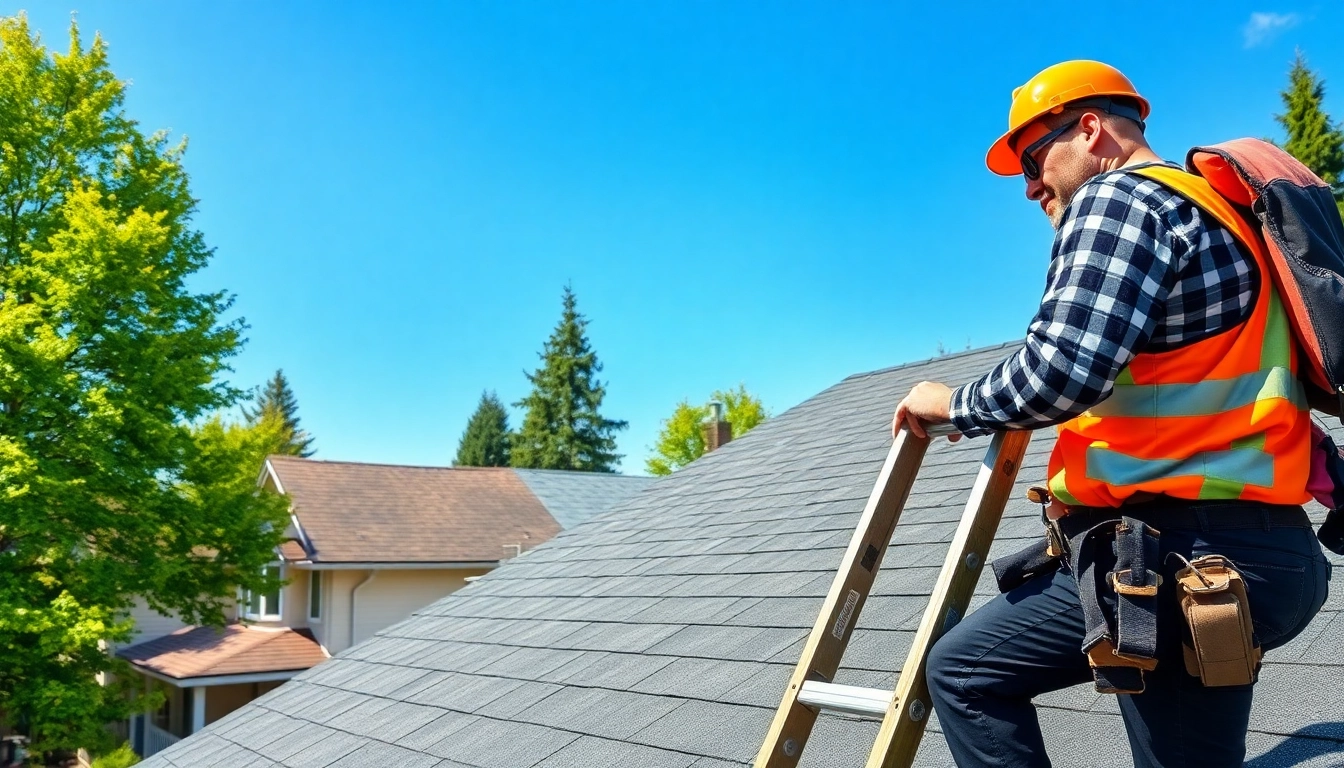

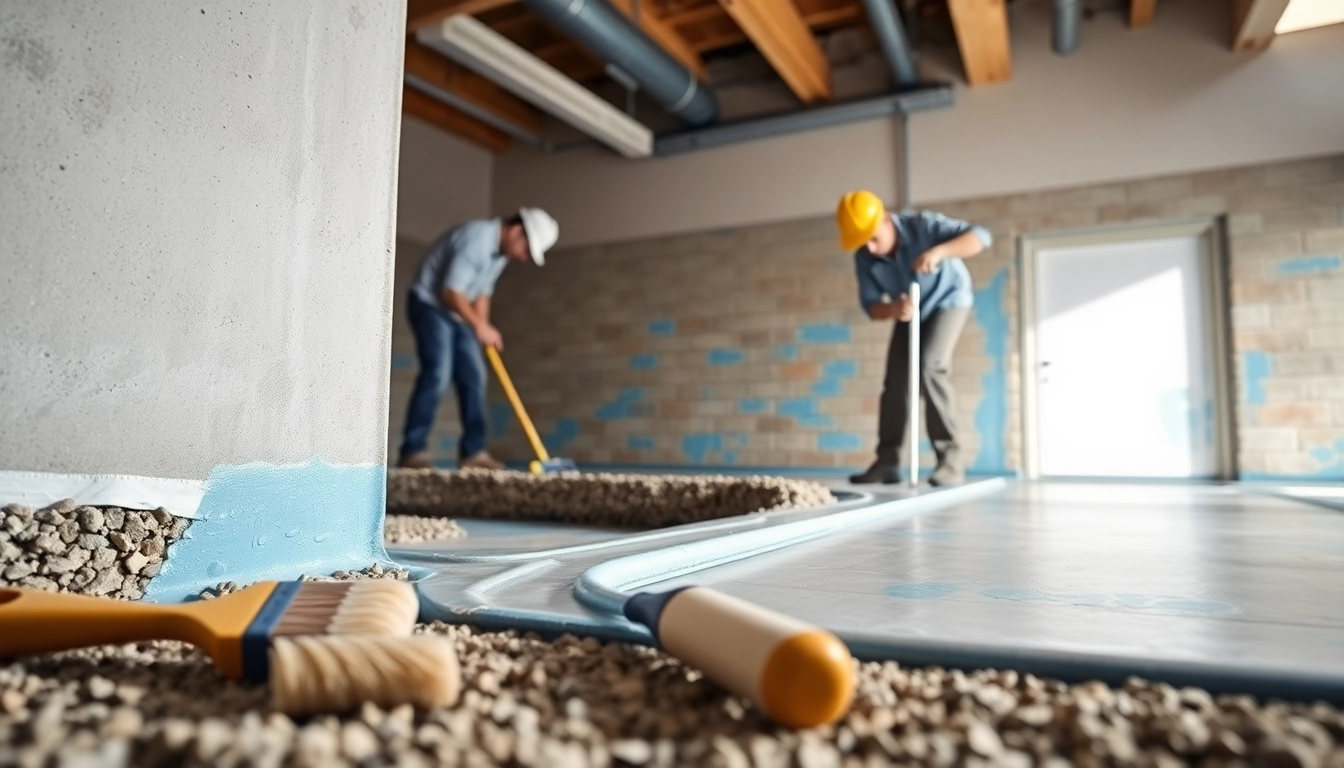
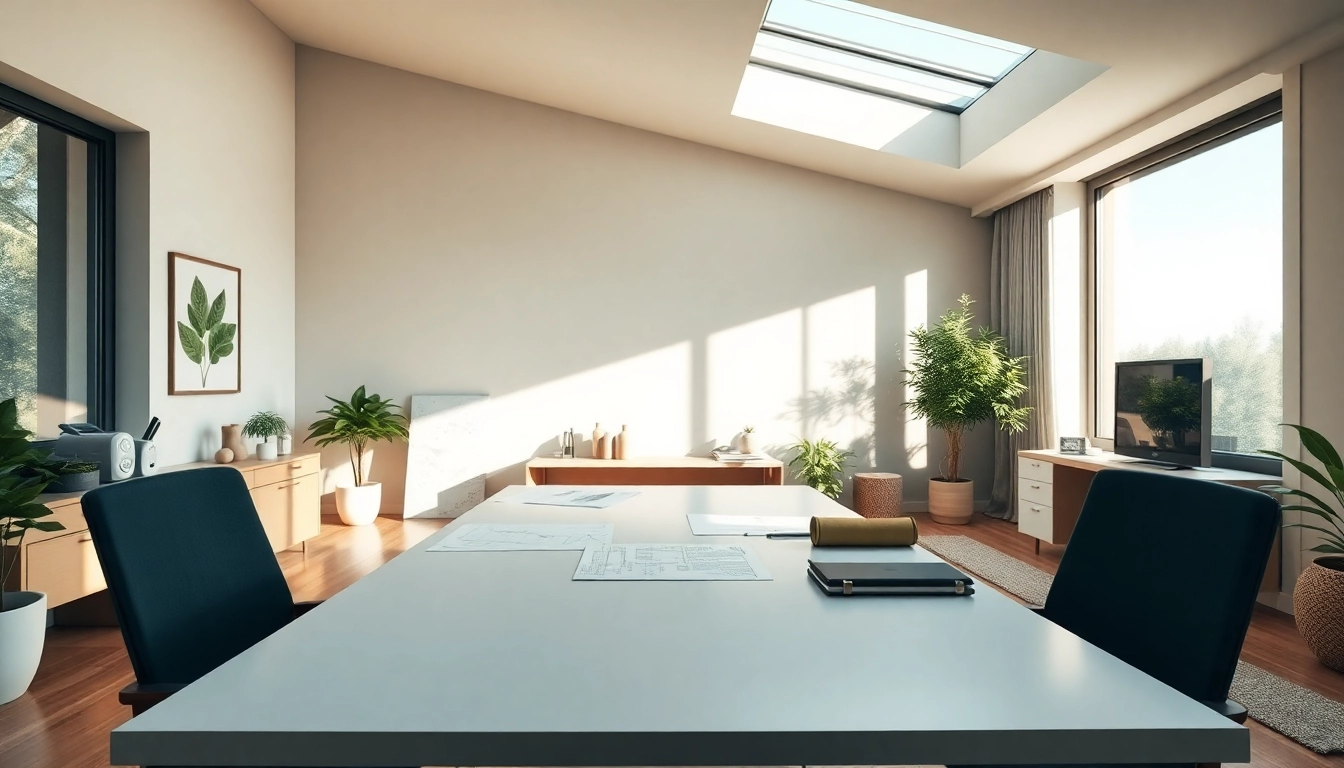
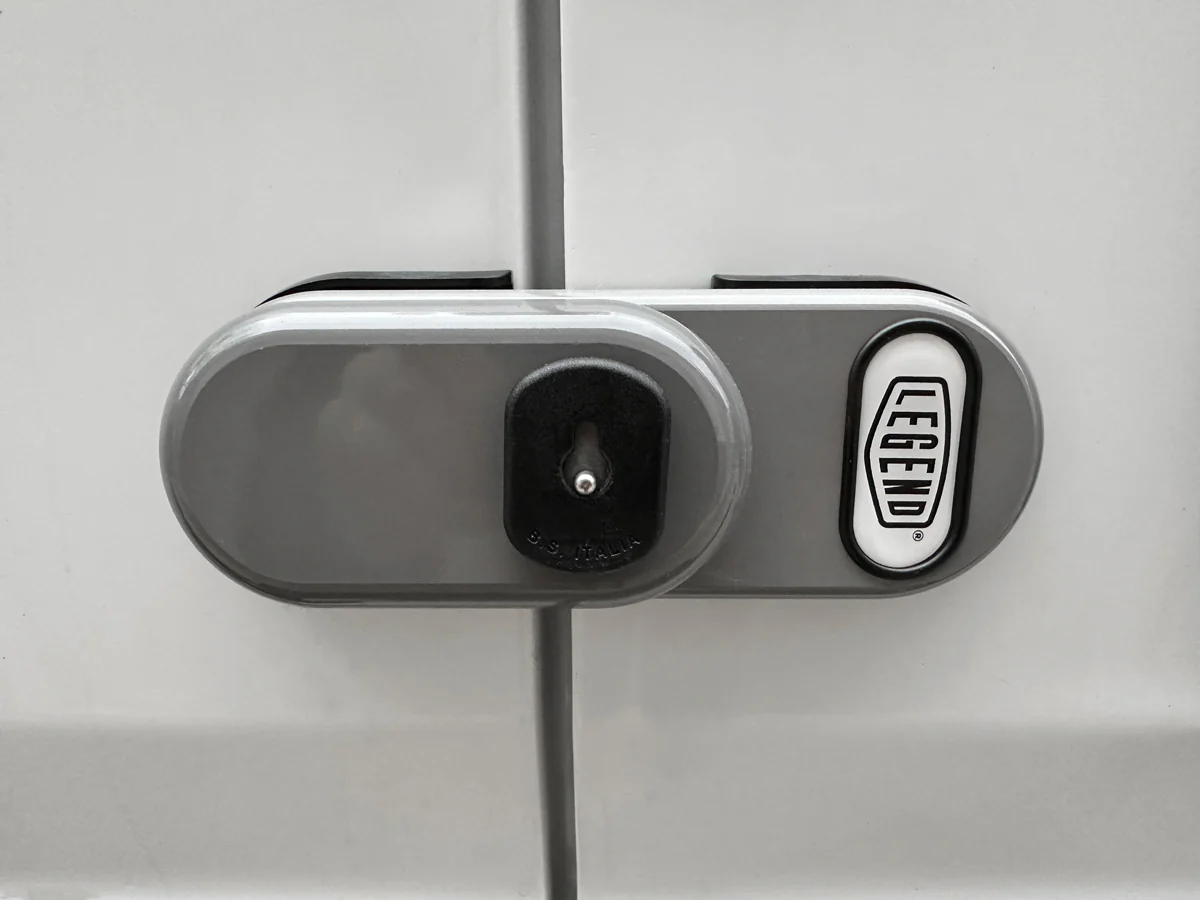
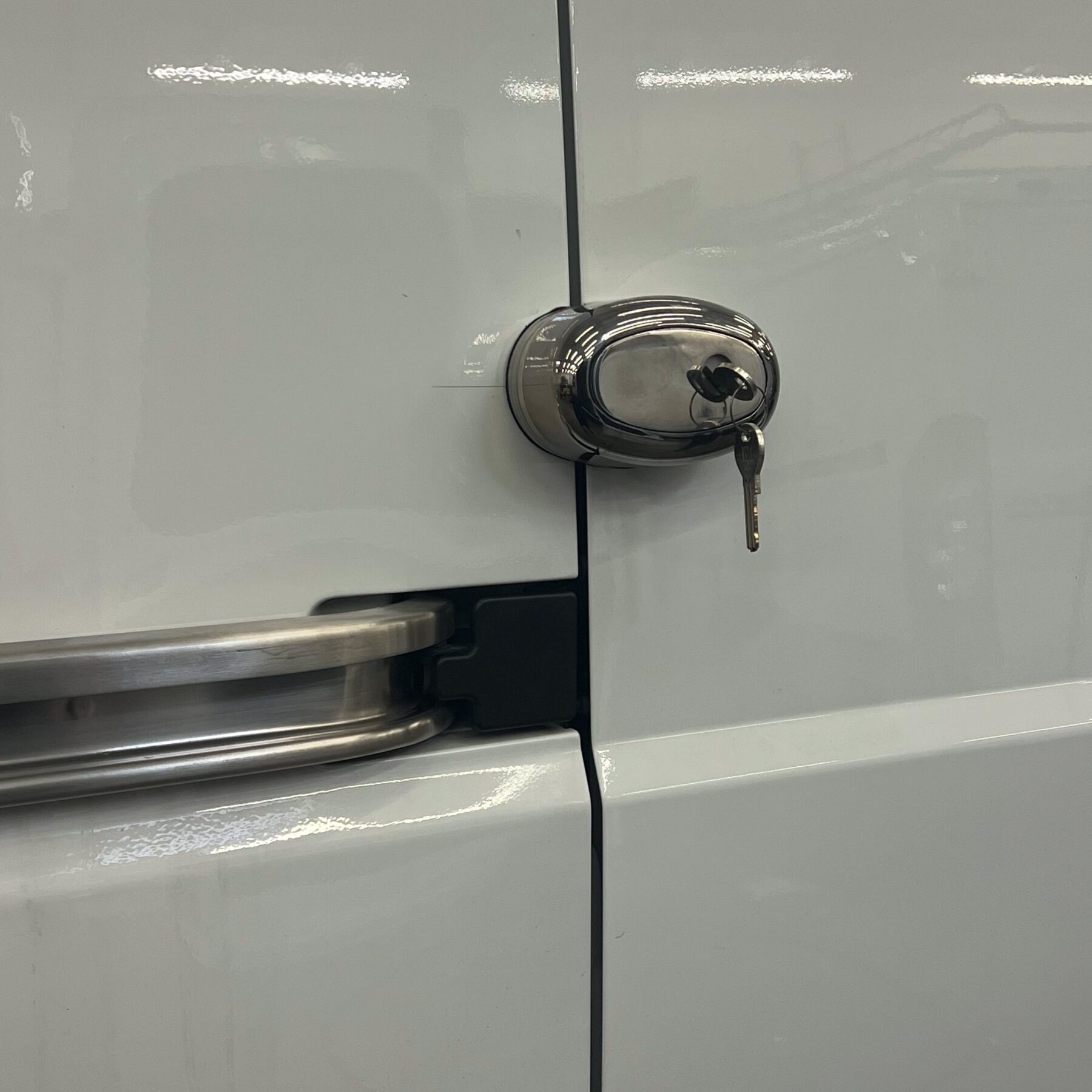

Leave a Reply